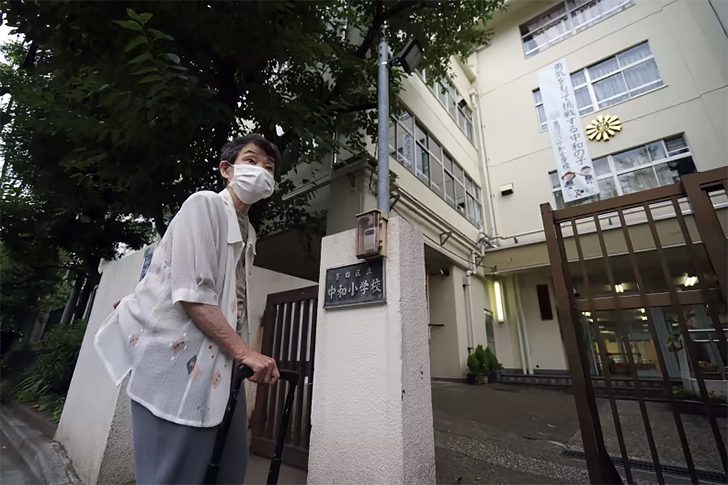Japan’s World War II Orphans Tell Their Inspiring Tales Of Resilience And Recovery
Pursuing Musical Dreams

Even with the tough road ahead, Motoki found the strength to keep facing each passing day. Only that it took decades before she could fully have control over her life to chase after her dreams. At the age of 60, she enrolled in a higher learning institute to pursue her passion for music. Mitsuyo Hoshino shared a relatively similar experience to Motoki’s.
Hoshino vividly recalled the imperial celebrations staged by the Japanese government in November 1940. In the wake of the war, devoting their lives to the emperor and the ruling government was a virtue instilled upon the school-going children.

You must be logged in to post a comment Login